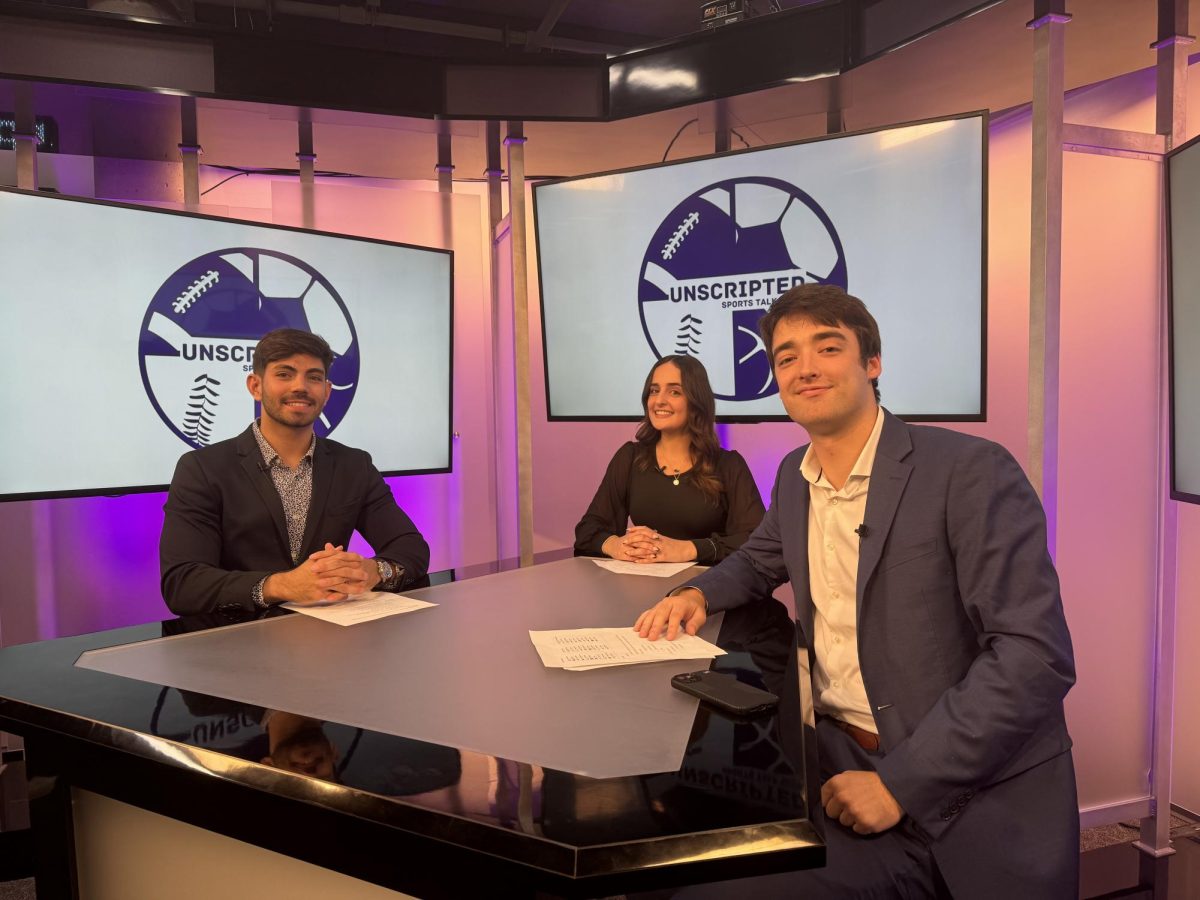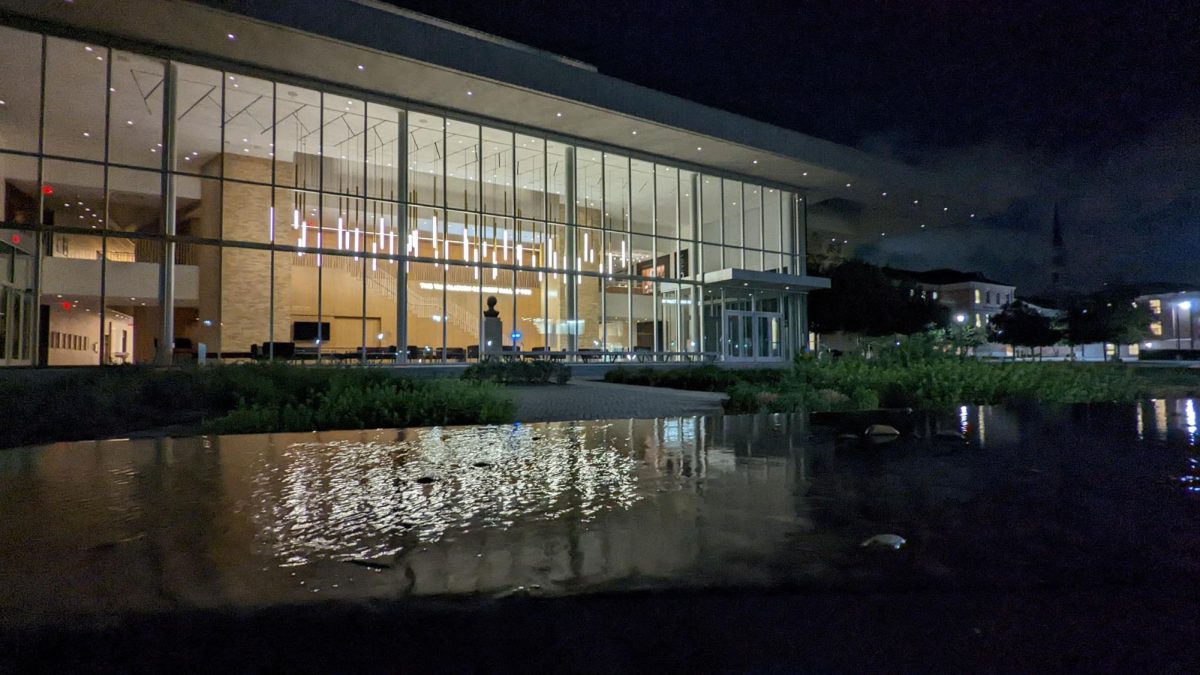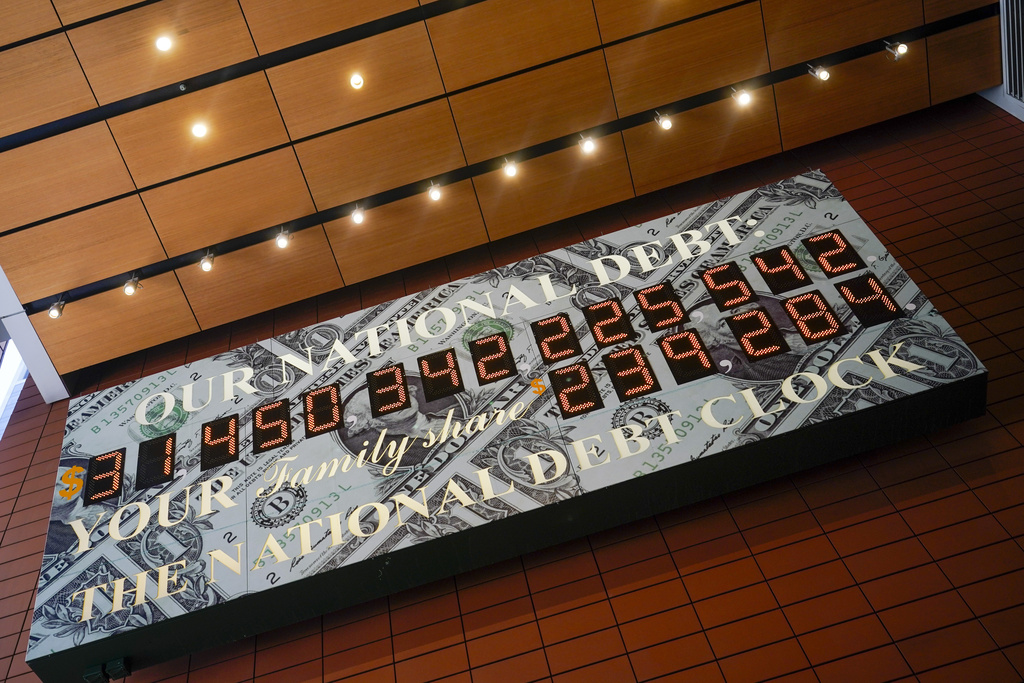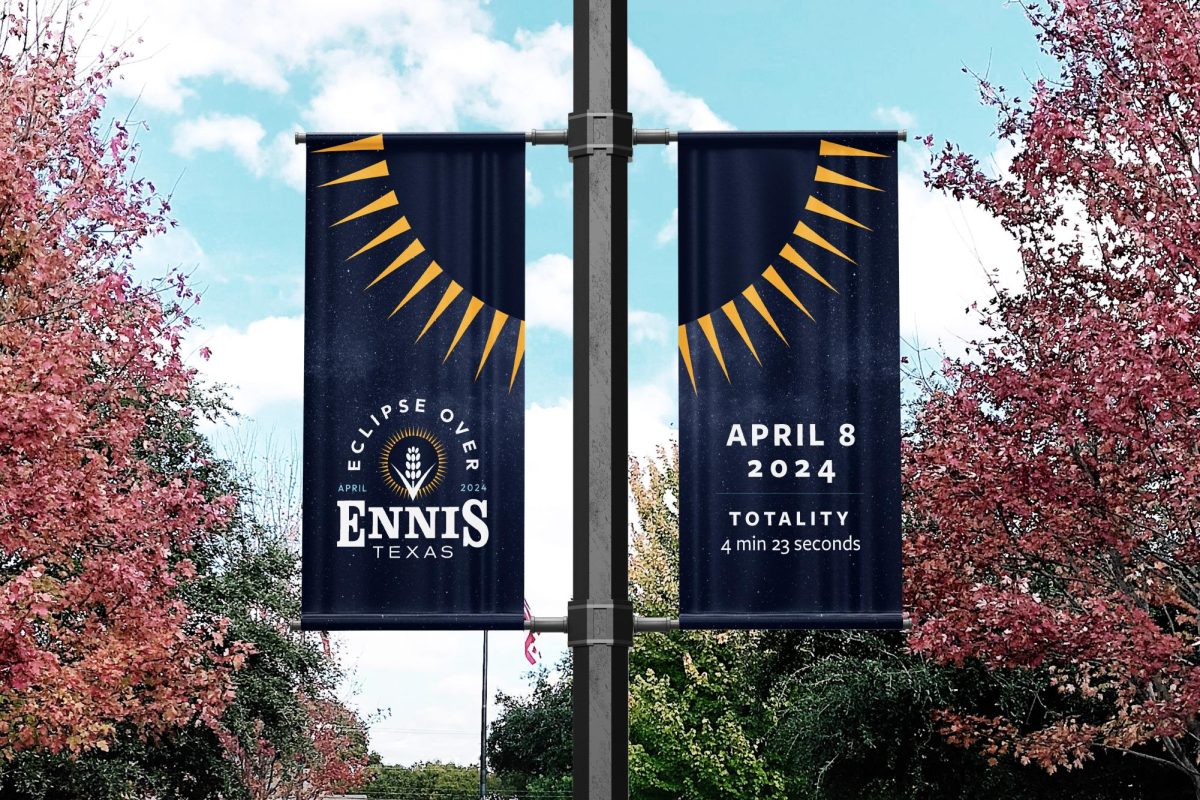Residents of the 109 who have been watching Berry Street change for the better over a little more than a decade now have many more improvements to look forward to.
The Berry Street Initiative has come a long way since its first meeting in 1996 and more than 100 residents who attended a meeting on June 21 got the opportunity to look at the future of the area.
The Berry Street Projects town hall meeting was held at the La Mancha Business Centre and was led by the City of Fort Worth planning and developing department.
The meeting covered the third phase in the project, which will go from Paschal High School on west, as well as streetscape improvements, flooding issues and future land use issues.
Council member Joel Burns told the group that the Berry Street he remembers doesn’t exist anymore, but that doesn’t mean it is not a great place with lots of promise.
Burns started the meeting and introduced Eric Fladager, comprehensive planning manager for the city, who presented the informational presentation over the next steps in the project.
The presentation included detailed information on six main topics: the Berry Street Initiative, the Berry/University Urban Village and streetscape improvements, the commuter rail line, stormwater management, transit-oriented development (TOD) and form-based code and interim rezoning efforts for TOD.
A breakout forum followed the presentation with representatives to answer questions residents had over the six main topics discussed.
Berry Street Initiative
The vision of the Berry Street Initiative is “to create a visually attractive Berry Street that is commercially viable and active, filled with places for people to live, work, learn, shop, recreate, interact socially and enjoy a special urban environment safely,” Fladager said.
Berry Street is broken up into four major sections: university district, residential district, park district and gateway district.
“Berry Street was divided into chunks so that the character of each section could be focused on,” Fladager said.
The university district’s focus is strong linkage between Berry Street, TCU and Paschal High School, according to the city of Fort Worth presentation at the meeting. The district will be oriented toward pedestrian traffic, just like the completion of phase one.
There are three major phases of the Berry Street Project, Fladager said. Phase one is from Forest Park to Waits and has been completed. Phase two is from Waits to University and is currently under design but near completion, with the objective of actual construction starting by the end of this year. Phase three is from Paschal on west.
Streetscape improvements are evident in phase one with wider, pedestrian-friendly sidewalks, safer on-street parking and improved landscaping.
Berry/University Urban Village
The urban village program was created by the city with 16 designated urban city villages that are in need of economic help.
In 2007, the council adopted what is called the Berry/University master plan, Fladager said. Mockingbird Station in Dallas is an example of what the master plan could become, he said.
Berry/University is ranked No. 3 out of 16 urban villages in revitalization progress in Fort Worth, with $215.8 million in private investment, from 2001-2010.
Commuter Rail Line
On the status of the rail line corridor, the T is currently seeking funding and is in the process of completing a Federal New Starts funding application, which will be complete by the end of this summer, according to the city of Fort Worth meeting presentation. The city has already started land acquisition for bus facilities.
The T will extend from the Summer Creek station through downtown as well as a linkage to the TRE to Dallas. The line will then extend through the northeast and Stockyards station, up to Grapevine and eventually to DFW airport.
“Grapevine is embracing the idea of a train station as great opportunity for tourism,” Fladager said.
Final construction for the T rail corridor is expected to be complete by the end of 2013, Fladager said.
Currently the city of Fort Worth is working with The T and stakeholders to plan transit-oriented development districts along the rail corridor.
The city of Fort Worth is supporting the rail line and wants to make the land use decisions in order to enhance the viability of the station itself, Fladager said.
Transit-oriented development (TOD) and form-based code
Future land use plan modifications are under way and the city is trying to incorporate more form-based zoning codes. Form-based zoning codes are a method of regulating development in order to achieve a specific urban form or environment. Form-based codes have less focus on land use, whereas the traditional zoning codes focus on use rather than creating a specific environment.
Form-based zoning is encouraged because transit-oriented development will create compact development within easy walking distance of commuter and light rail transit, creating an environment around the station that is much more walkable, according to the city meeting presentation.
“The community gets a chance to design the streets and the environment around these streets,” Fladager said.
Zoning with form-based codes is a dynamic process that includes public awareness and multiple feedback opportunities to create a master plan that exemplifies the community vision.
The first actual form-based project is in the near Southside.
The city has received a $150,000 grant for the Berry/TCU station TOD plan and is looking into the best uses for the money, Fladager said.
Flooding issues
In addition to the improvements being planned, however, the city must deal with the ongoing problem of stormwater and flooding issues.
The city is in the process of doing a feasibility study to figure out a realistic solution with the funds available for the flooding in the Forest Park/Berry area.
A Forest Park/Berry watershed stakeholder committee meeting was held at 6:30 p.m. on Tuesday, June 28, at Travis Avenue Baptist Church, to further discuss options for the flooding issues.
In the redevelopment process, the city has proposed an option to help solve the stormwater issues over time. The plan proposes a conceptual stormwater greenway, which essentially puts some of the creek back with water features and bike trails, etc.
Interim rezoning efforts for TOD
An interim zone change has been proposed to bring in MU-2 zoning in the Berry Street area, to allow for more density, until the city can get through the form-based code process, Fladager said.
The areas being proposed for upgrades to MU-2 zoning are already zoned MU-1, a low-intensity, mixed-use district. MU-2 is high-intensity mixed-use district and the purpose is to provide a variety of higher density housing types.





